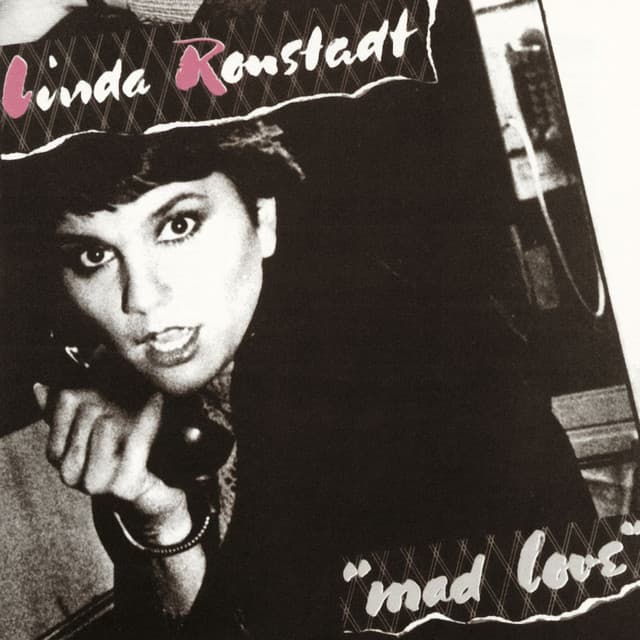
A timeless plea for love in the face of excruciating pain.
Some songs are more than just melodies; they are emotional imprints of a time and a feeling. In 1980, as the glittering excess of disco faded and the sharp edges of new wave began to define a new decade, Linda Ronstadt gave us one of those songs. A master interpreter of American music, she took a classic from another era and transformed it into a powerful lament for a new generation. The song was “Hurt So Bad,” a track from her album Mad Love, and it perfectly captured the ache of unrequited or lost love with a raw, undeniable power.
For those who were there, this song was a significant moment. It showcased a new side of the artist we adored. While many of us had fallen in love with Ronstadt’s country-tinged hits and heartbreaking ballads like “Blue Bayou,” “Hurt So Bad” was a departure. The Mad Love album was a bold, almost defiant, move into a more energetic, rock-oriented sound, and this song, in particular, was the perfect bridge between her classic style and the album’s edgier leanings. The strategy paid off handsomely; the single soared up the charts, peaking at an impressive number eight on the Billboard Hot 100 and securing a spot as a top-five hit on the Adult Contemporary chart. This commercial success was a testament to both Ronstadt’s enduring appeal and her ability to adapt without losing her soul.
The genius of “Hurt So Bad” is not just in its performance but also in its lineage. The song was originally a smash hit for Little Anthony & The Imperials back in 1965, a doo-wop and R&B classic penned by the legendary Teddy Randazzo. While the original was a soulful, soaring plea, Ronstadt’s version is a raw, almost agonizing cry. She and producer Peter Asher stripped away some of the original’s smooth orchestration and replaced it with a tighter, more propulsive arrangement. The guitars bite, the drums drive the rhythm forward, and the overall feel is one of urgent, desperate passion.
But the true heart of the song is Ronstadt’s vocal performance. Her voice, so pure and crystalline on so many of her hits, here takes on a remarkable vulnerability. She doesn’t just sing the words; she embodies the pain. When she hits that chorus—”Why does it hurt so bad?”—her voice doesn’t just soar; it cracks just enough to convey the fragility of a broken heart. It’s a masterful display of control and abandon, a performance that reaches deep into the listener’s own memories of heartache and reminds them of what it feels like to be utterly undone by love. The song is a universal narrative of pain, a reminder that no matter how much time passes, the agony of a bruised heart remains the same.
For us, the song is a time capsule, taking us back to a moment of transition in music and in life. It’s the sound of a late-night drive, a quiet moment of reflection, or a slow dance with someone who might one day break your heart. “Hurt So Bad” is a perfect example of what made Linda Ronstadt so special: she was a vessel for emotion. She didn’t just sing songs; she lived them, and in doing so, she gave us a soundtrack for our own lives, for all the loves that soared and all the ones that hurt so bad.